China Has Come to the Table – But the Trade Fight Is Far from Over
Beijing’s firm stance against Trump-era tariffs has defined the trade war — but recent talks hint at a cautious thaw.
China's resistance to former U.S. President Donald Trump’s aggressive tariff policy became a defining symbol of the years-long trade war between the world’s two largest economies. Memes of Trump waiting by the phone for a call from the Chinese leader went viral, capturing the global tension.
Throughout the conflict, Beijing maintained a defiant tone. The Chinese Ministry of Foreign Affairs issued near-daily declarations that the country would not yield. As tariffs rose and rhetoric sharpened from Washington, China dug in its heels.
Even while Chinese negotiators prepared for talks in Switzerland, a state-run social media account released a cartoon mocking the U.S. Treasury Secretary as pushing an empty shopping cart—highlighting continued skepticism. Conflicting reports emerged over who had initiated the Geneva meeting, reflecting the mutual distrust.
Yet after two days of what officials called “robust” discussions, there are signs of a shift.
A Turning Point – Or Just a Pause?
U.S. Treasury Secretary Scott Bessent summarized the tone of the talks, saying, “Neither side wants a decoupling.” He likened the current tariff levels to an embargo and emphasized that both countries still want trade.
The outcome exceeded expectations. “I thought tariffs would be halved,” said Zhiwei Zhang, Chief Economist at Pinpoint Asset Management in Hong Kong. Instead, U.S. tariffs on Chinese imports will drop to 30%, while China will reduce its tariffs on American goods to 10%.
This move is broadly welcomed. Economists see it as a relief for both nations' economies and for global supply chains, with investor fears easing in the short term.
Trump responded positively on his Truth Social platform: “Many things discussed, much agreed to. A total reset negotiated in a friendly, but constructive, manner.”
China, too, appears to be softening its tone. The shift is likely driven by domestic concerns. Though Beijing can endure a trade standoff to an extent—given its status as the top trade partner for over 100 countries—internal economic stress is growing.
Sluggish factory output, job losses, a property crisis, rising youth unemployment, and declining consumer confidence all weigh heavily. China's consumer price index fell for the third straight month in April, signaling shrinking demand.
Recognizing this, the Chinese Commerce Ministry described the new agreement as a key step toward resolving disputes and laying the groundwork for deeper cooperation. Such conciliatory language would have been unthinkable just weeks ago.
An Uneasy Path Ahead
Despite the apparent progress, tensions remain. While both sides agreed to establish an “economic and trade consultation mechanism,” Trump’s optimistic framing of a “total reset” may be premature.
China’s final message from the Commerce Ministry carried a subtle rebuke: “We hope the U.S. will continue to work with China... and thoroughly correct the wrong practice of unilateral tariff increases.”
Xinhua, China’s official news agency, issued a stern reminder that Beijing’s patience has limits and won’t be extended to those who “repress and blackmail.”
For Chinese leaders, projecting strength remains critical—both for domestic audiences and on the international stage. The goal is to appear rational and responsible while avoiding blame for a potential global recession.
A Temporary Truce
Zhang Yun of Nanjing University described the meeting as “a victory for conscience and rationality,” and praised the framework it established for future dialogue.
Still, the deal is temporary. The tariff reductions are valid for just 90 days to allow negotiations to continue. While this may calm markets and reopen limited trade flows, the deeper issues remain unresolved.
China still exports far more to the U.S. than it imports. And difficult topics—like industrial subsidies, tech policy, and geopolitical flashpoints such as Taiwan—are still on the table.
The trade war is not over; it has simply shifted from tariffs and factory shutdowns to high-stakes diplomacy at negotiation tables in Beijing and Washington.








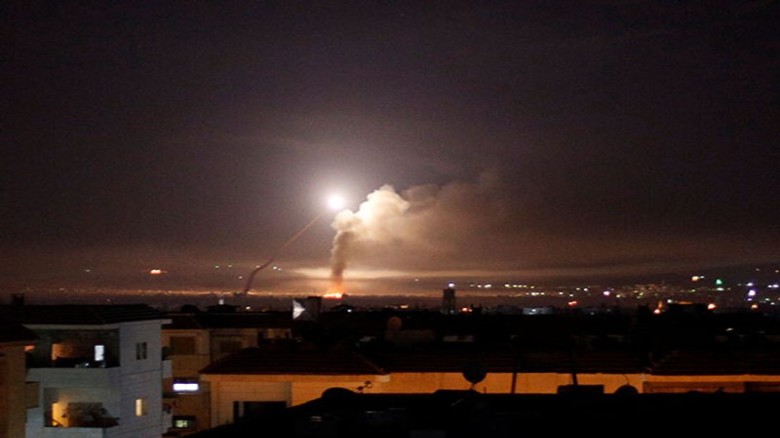
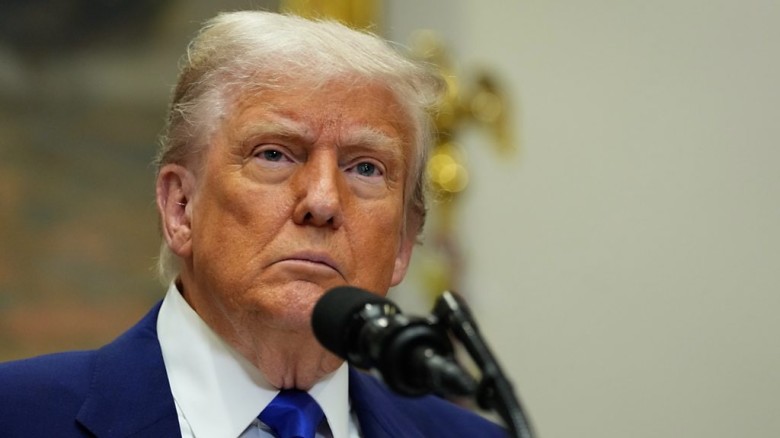

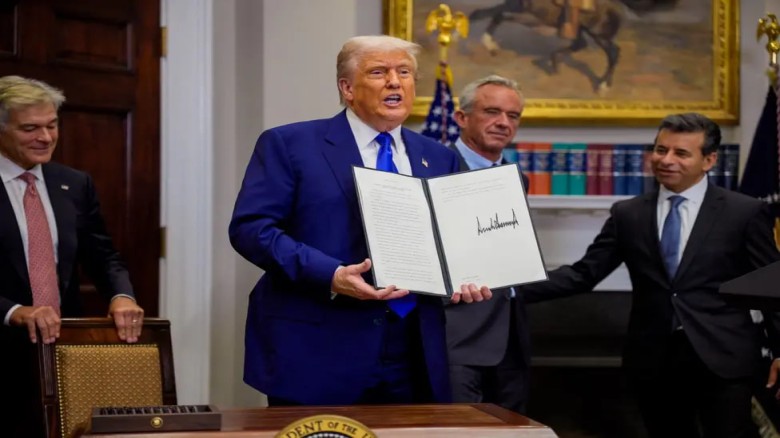



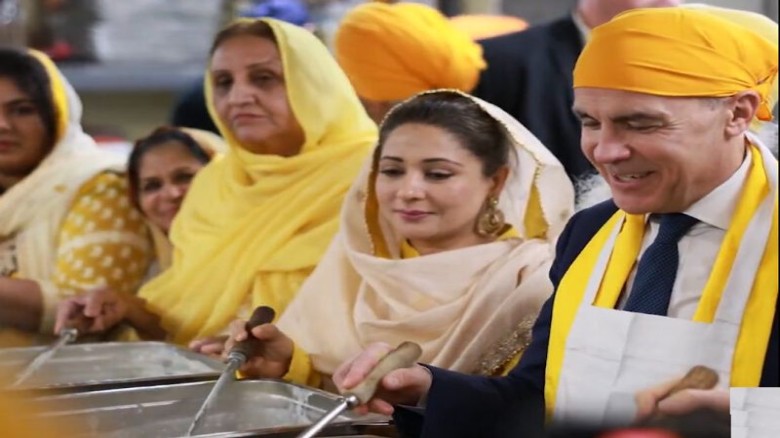
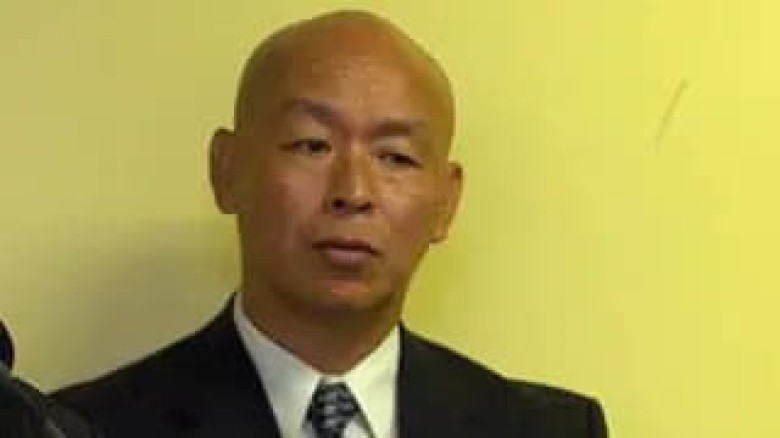






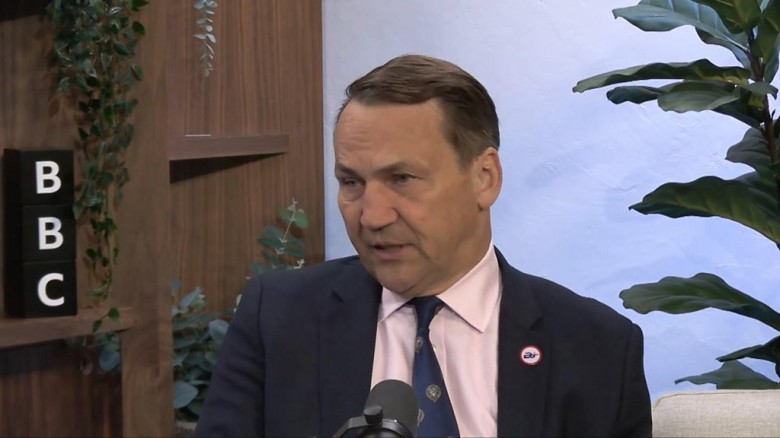

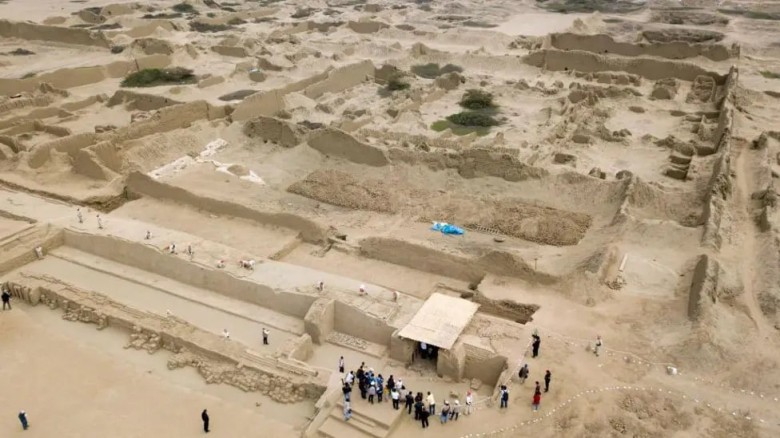



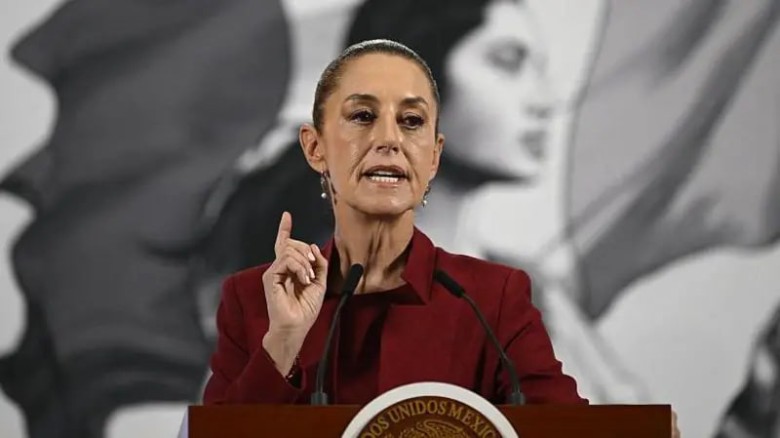


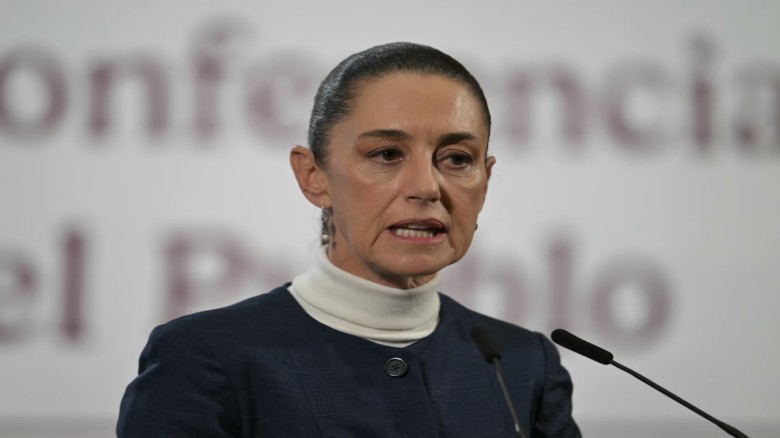

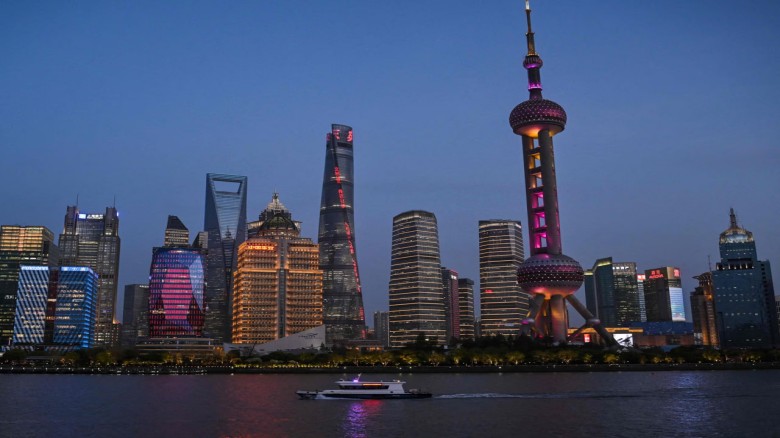
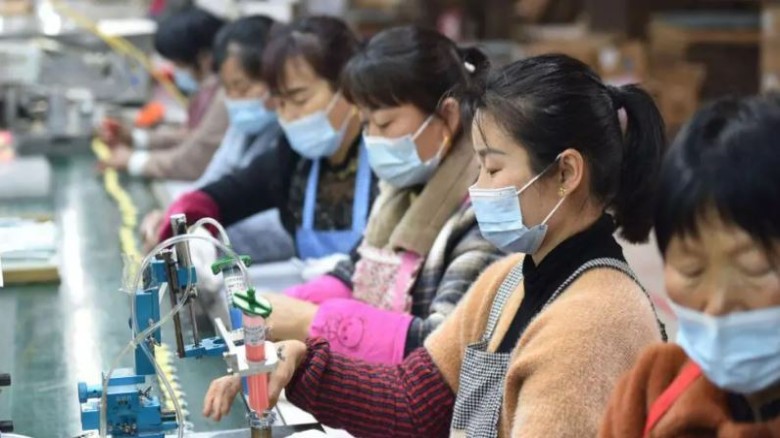






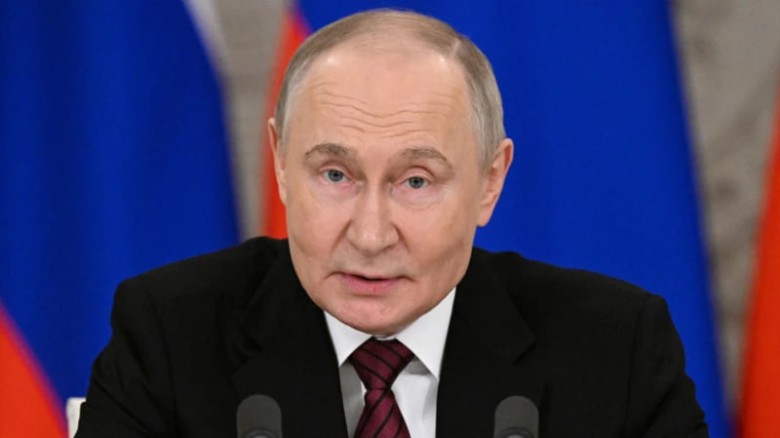
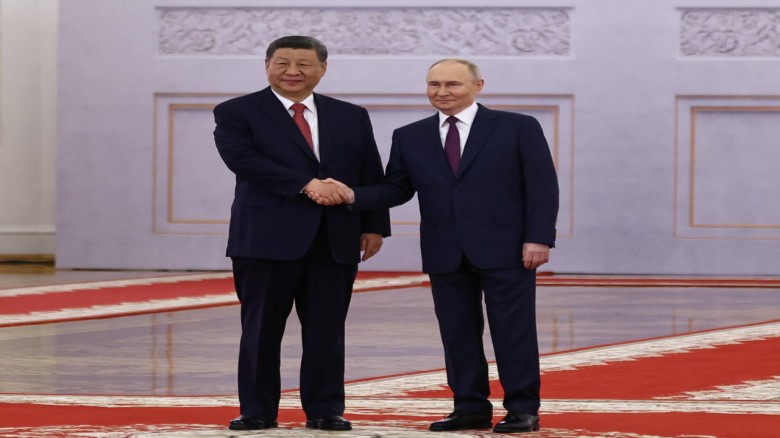
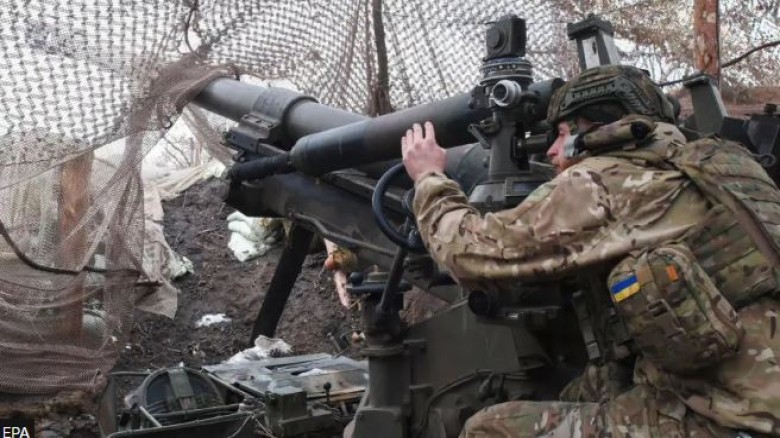



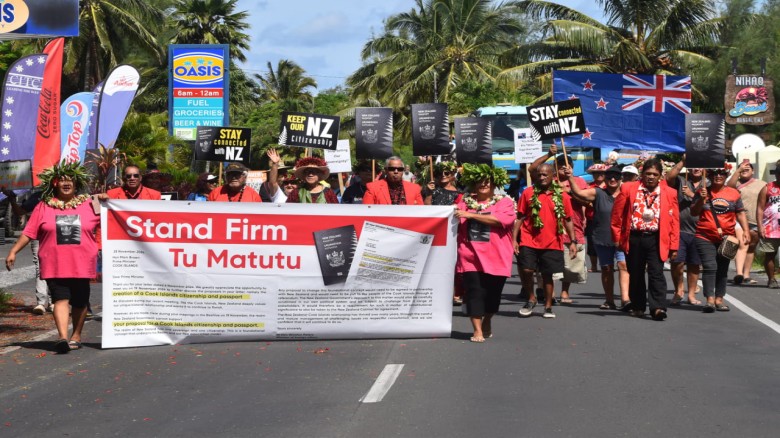


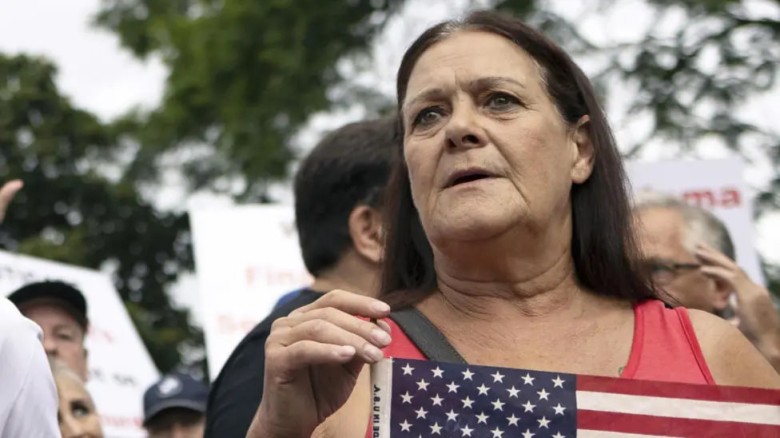
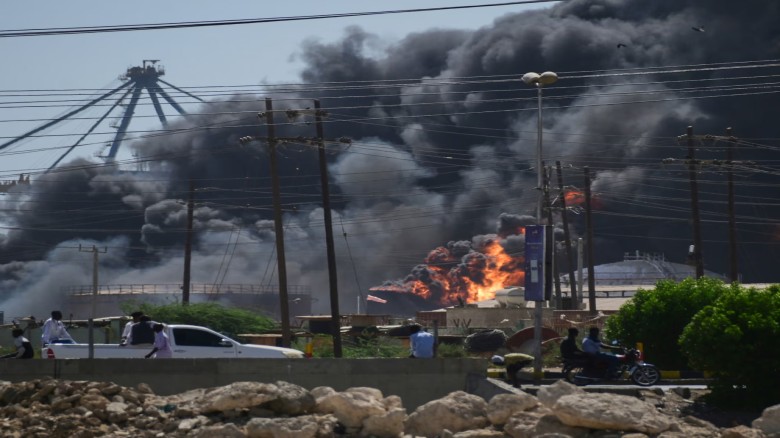
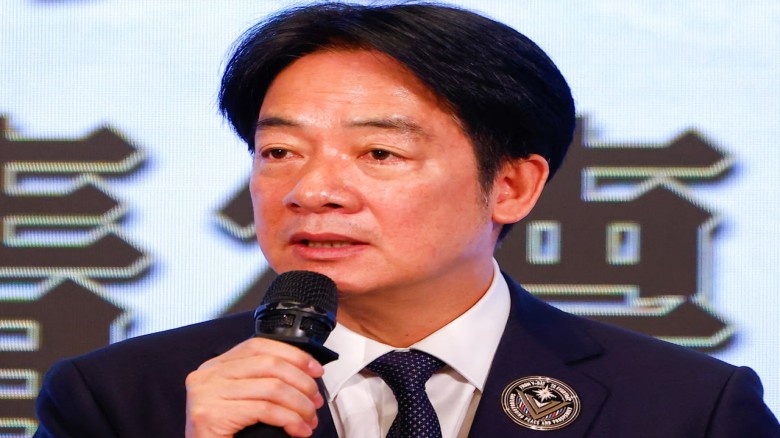


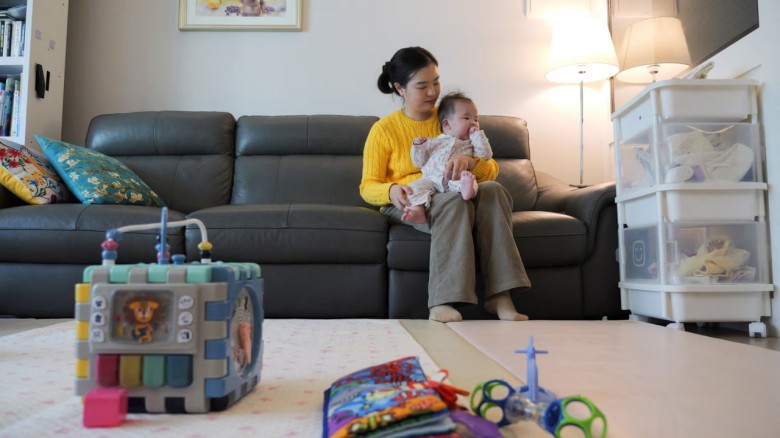















Leave A Comment